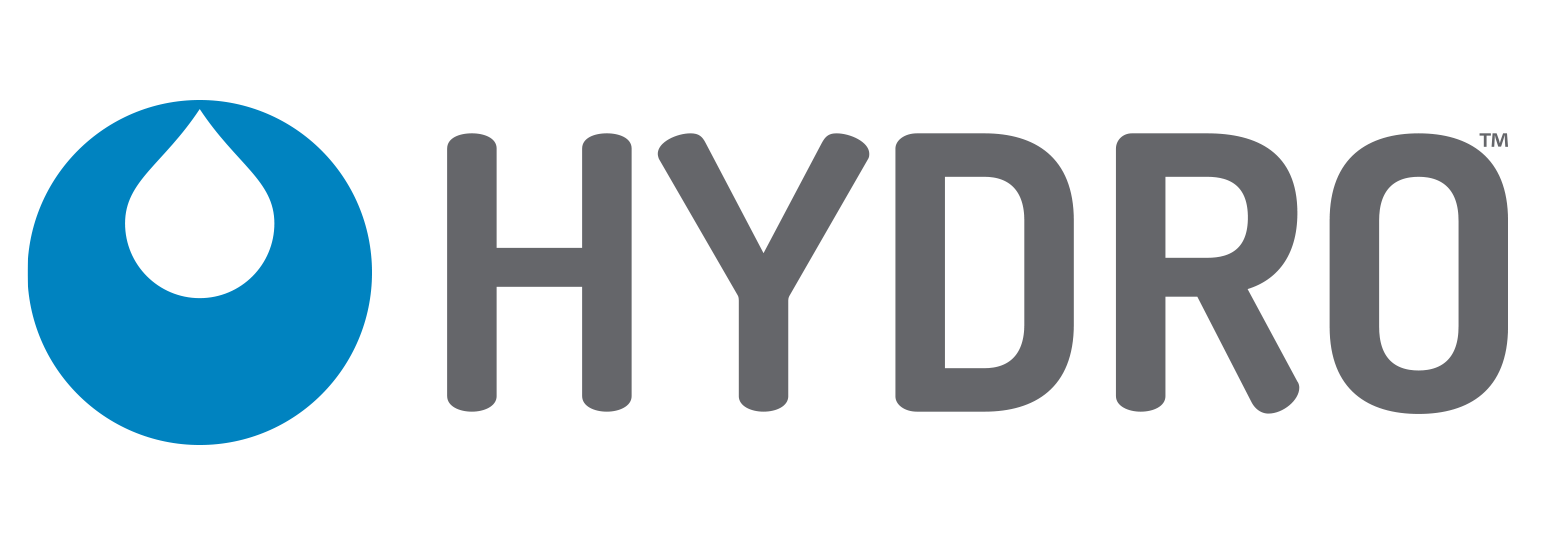Tech Talk: The Internet of Things

By: John Goetz, Global Product Manager, Hydro Systems
While some may dub the 2010s as the decade of the Internet of Things (IoT), the 2020s are poised for even greater advancement that will lead to increased adoption of connected innovations. Whether you’ve jumped onto the IoT bandwagon or are still considering implementation, it’s important to understand that digital transformation is not a trend but rather a new way of life. Facility managers and those responsible for purchasing should be aware of benefits that can be realized through the adoption of carefully selected technology, as well as what’s next for the IoT.
The Influence of the IoT
The IoT can deliver numerous benefits for organizations, including:
• Improved productivity – Remote and real-time management of operations allows facility managers to tend to other key tasks without losing sight of what’s occurring behind the scenes. By keeping operations running smoothly, the IoT also helps reduce the need to repeat certain processes. Lastly, having data readily available allows organizations to respond more quickly and predict upcoming events, such as equipment maintenance to avoid downtime.
• Reduced waste – By taking a closer look at the inner workings of their businesses, organizations can identify areas where they can cut back on water, energy, utility, chemical and other types of consumption.
• Cost savings – Organizations can realize cost savings with the IoT by enhancing productivity and lowering cost of maintenance, limiting waste and offering a clearer overview of operations.
• Added assurance – IoT solutions can provide greater peace of mind as compliance reporting becomes more common by communicating that tasks have been properly and efficiently completed. There is a clear record of the process and those who oversee it can review key metrics.
Driving Change in Cleaning
In addition to being utilized within homes in the form of smart doorbells and locks, appliances and security systems, digitized products have also made a splash within the commercial cleaning industry. Facilities are implementing everything from connected paper dispensers and waste bins for restrooms to chemical dispensers for on-premise and industrial laundry plants to robotic floor care machines that run autonomously and remotely send updates and diagnostics to employees.
So, what can facility managers expect next for the Internet of Things? Here are just a few trends:
• Total system approach – While one IoT solution can drive improvements, implementing an entire system can multiply the impact. For example, Hartsfield-Jackson Atlanta International Airport recently installed a fully connected restroom system that includes intelligent flush valves, faucets, and paper, soap and sanitizer dispensers. Increasingly, organizations will be looking to work with IoT providers who can implement numerous solutions or whose products can work in sync with others on the market. Data standards and common application programming interfaces (API’s) will be needed to ensure end users do not have to implement and manage multiple IOT systems within their facility.
• Greater competition will increase performance standards – Information needs to flow uninterrupted between connected devices and those overseeing these IoT products. To achieve this, IoT manufacturers must monitor product performance and offer software updates. With an increasing number of IoT product options in the market, manufacturers will need to emphasize the reliability, ease of use and security of their devices and the data flows.
• Increased demand for data analysis skills – The value of adopting IoT is in the insights generated by the data, not in the data itself. IoT devices produce a constant stream of data that can quickly overwhelm a facility manager if they’re unsure of how to analyze and apply it. Increasingly, facility managers will be looking for ways to manage incoming data, either by educating themselves around data analysis, hiring skilled workers to take on the role or working directly with their IoT provider to have recommendations sent to them based on data collected.
A More Connected World
This decade will see even more explosive growth around the IoT and the capabilities it will bring to both consumers and businesses. As we become more connected to the technology that powers our daily lives and organizational operations, we will have an increasing opportunity to harness key data. In turn, we can use this information to drive continuous improvements that result in time, cost and sustainability savings.

Customer Service and Technical Support
Call 1-800-543-7184 Monday-Friday 8am - 5pm EST











